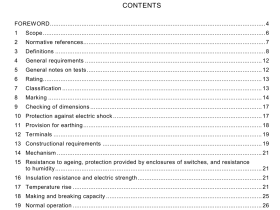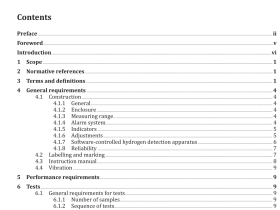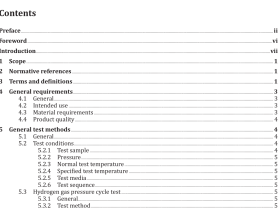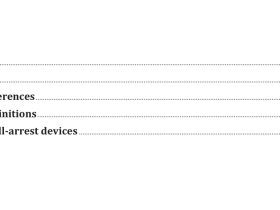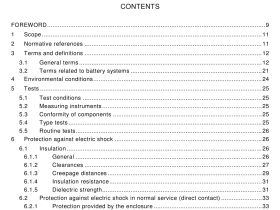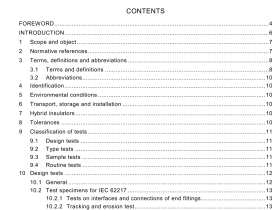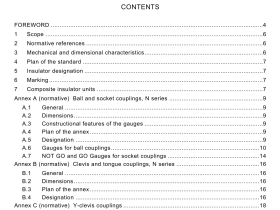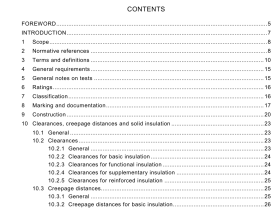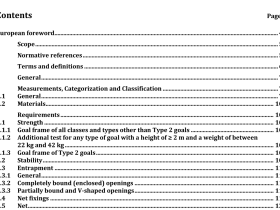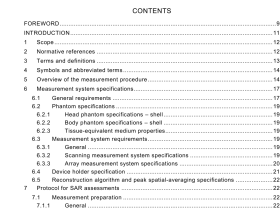AS 5013.24.2 pdf download
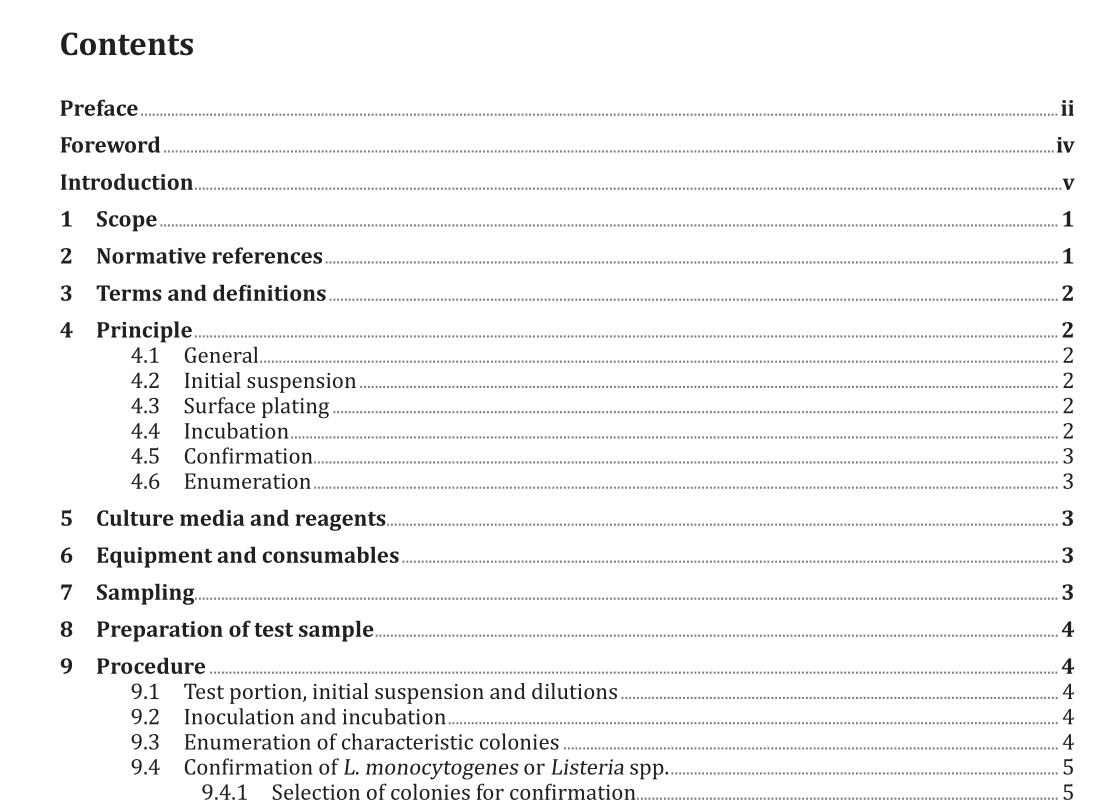
AS 5013.24.2 pdf download.Food microbiology
3 Terms and definitions
For the purposes of this document, the following terms and definitions apply. ISO and IEC maintain terminological databases for use in standardization at the following addresses: — IEC Electropedia: available at http:// www .electropedia .org/ — ISO Online browsing platform: available at http:// www .iso .org/ obp 3.1 Listeria monocytogenes microorganisms which form typical colonies on solid selective media described and which display the morphological, physiological and biochemical characteristics described when the analysis is carried out in accordance with this document 3.2 enumeration of Listeria monocytogenes determination of the number of colony-forming units (cfu) of Listeria monocytogenes, per gram, per millilitre, per square centimetre, or per sampling device when the analysis is carried out in accordance with this document 3.3 Listeria spp. microorganisms which form typical colonies on solid selective media and which display the morphological, physiological and biochemical characteristics described when tests are carried out in accordance with this document 3.4 enumeration of Listeria spp. determination of the number of colony-forming units (cfu) of Listeria spp per gram, per millilitre, per square centimetre, or per sampling device, when the analysis is carried out in accordance with this document
4 Principle
4.1 General Within the limits of this document, the enumeration of L. monocytogenes and of Listeria spp. requires five successive steps, as described in the flowchart in Annex A. 4.2 Initial suspension Preparation of the initial suspension in an appropriate diluent according to the sample type. 4.3 Surface plating Surface plating on Agar Listeria according to Ottaviani and Agosti [13],[14] of a specified quantity of the test sample for liquid products or of the initial suspension for other products and/or decimal dilutions if required. 4.4 Incubation Incubation of the Petri dishes at 37 °C and examination after 24 h and after a further 24 h.4.5 Confirmation Confirmation of presumptive colonies of L. monocytogenes and/or of presumptive Listeria spp. by means of appropriate morphological and/or biochemical tests. 4.6 Enumeration From the number of confirmed colonies, calculation of the number of L. monocytogenes and/or of Listeria spp. per gram, per millilitre, per square centimetre, or per sampling device.
6 Equipment and consumables
Usual microbiological laboratory apparatus (as specified in ISO 7218) and, in particular, the following. 6.1 Apparatus for dry sterilization (oven) or wet sterilization (autoclave). As specified in ISO 7218. 6.2 Drying cabinet or incubator, capable of being maintained between 25 °C and 50 °C. 6.3 Incubators, capable of operating at 37 °C ± 1 °C and 25 °C ± 1 °C (optional). 6.4 Water bath, capable of operating at 47 °C to 50 °C. 6.5 Sterile loops, approximately 3 mm in diameter or 10 µl, and inoculating needle or wire. 6.6 Glass or plastic spreaders, sterile. 6.7 pH meter, capable of being read to the nearest 0,01 pH unit at 25 °C, enabling measurements to be made which are accurate to ± 0,1 pH unit. 6.8 Total‑delivery graduated pipettes or automatic pipettes, of nominal capacities 1 ml and 10 ml. 6.9 Petri dishes, of diameter 90 mm and/or 140 mm. 6.10 Microscope, preferably with phase-contrast, and with slides and cover slips. 6.11 Refrigerator, capable of operating at 5 °C ± 3 °C.
7 Sampling
Sampling is not part of the method specified in this document. If there is no specific International Standard dealing with sampling of the product concerned, it is recommended that the parties concerned come to an agreement on this subject. For food and feed samples, refer to ISO/TS 17728. For environmental samples, use ISO 18593 and see Reference [23] . It is important that the laboratory receives a sample which is truly representative and has not been damaged or changed during transport or storage (see ISO 7218).
8 Preparation of test sample
Prepare the test sample in accordance with the specific International Standard dealing with the product concerned [see ISO 6887 (all parts) and ISO 18593]. If there is no specific International Standard, it is recommended that the parties concerned come to an agreement on this subject.
